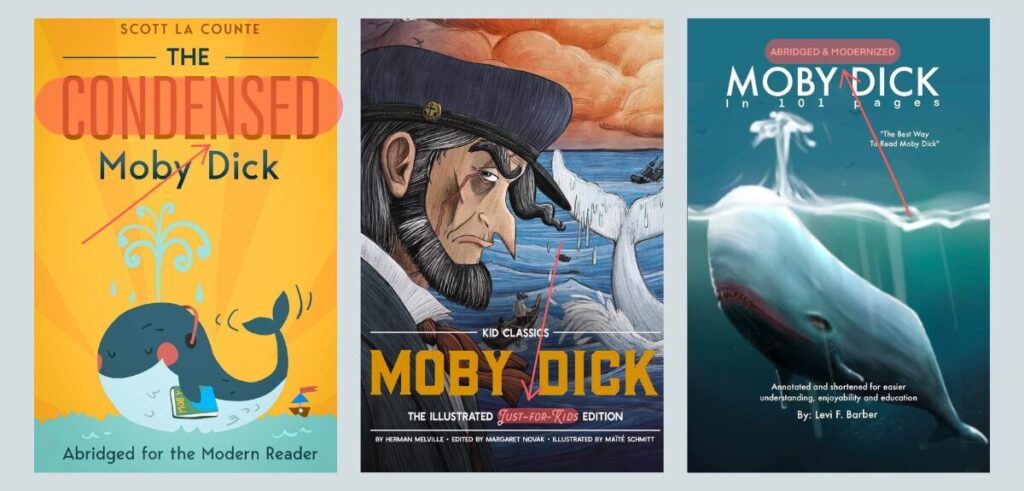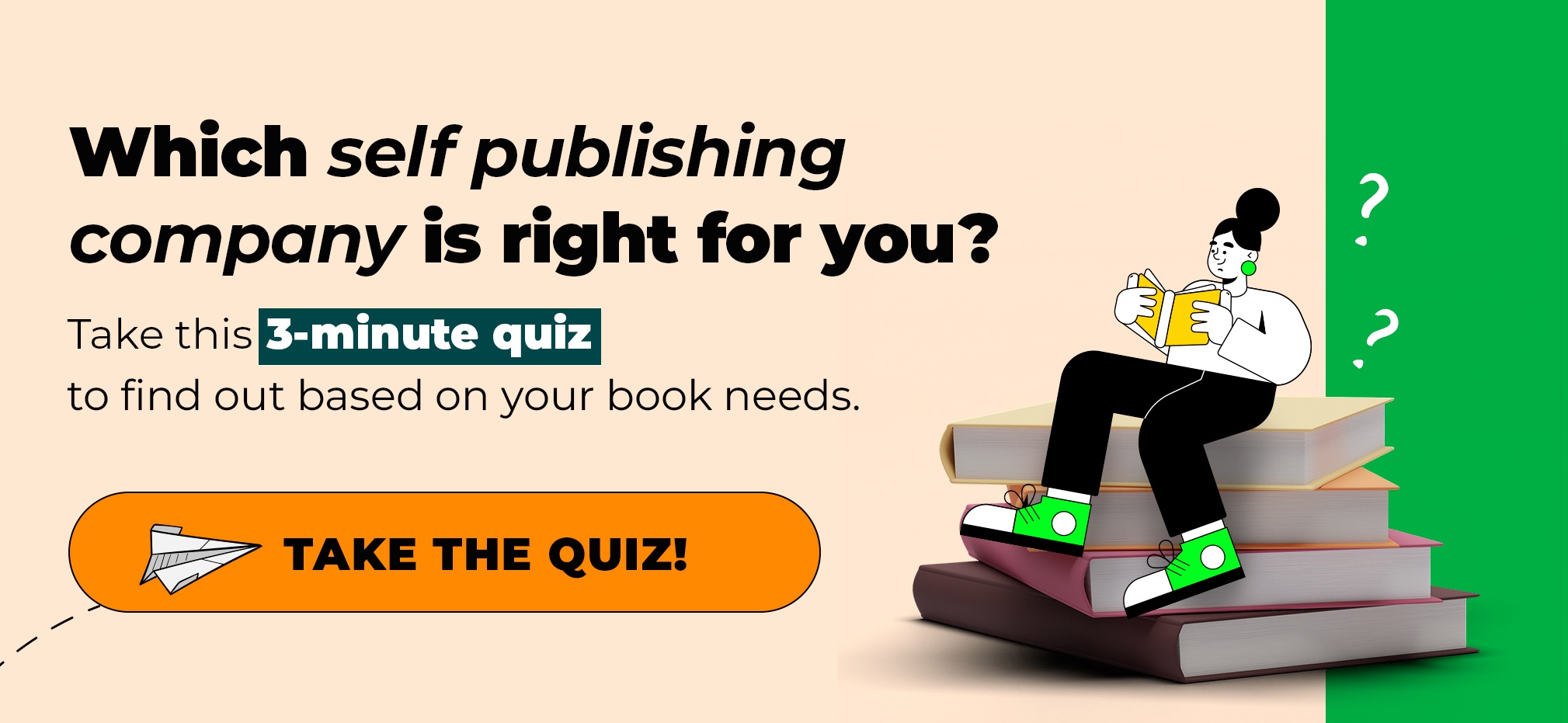Finding ways to consume information more efficiently without feeling overloaded has become a necessity in today’s fast-paced world. While some people multitask, others build a “second brain”, and more recently, busy professionals are finding ways to incorporate artificial intelligence into their workflow to help them process information as quickly as possible.
In this article, we’ll compare unabridged versus abridged books, the pros and cons, and how you know which one is right for your book.
Unabridged versus abridged books: definitions
When it comes to digesting books quickly, book summary websites like Shortform for printed books or Instaread for 15-minute audiobooks, offer a microwave reading experience. But what if your reader craves something in the middle—not as long as the original but not as clipped as a summary?
Let’s begin with a few definitions.
Unabridged
An unabridged version of a book is the original with nothing added or subtracted. It’s how the author meant it to be.
Abridged
An abridged (also abridgment) book version is edited down to a more concise version—just the necessary parts. Some of the things that can be removed include:
- Plot points
- Worldbuilding
- Backstory
- Technical details
- References
Why would anyone create an abridged version of their book?
Specific audience
Growing up, I learned about fairytales like Little Red Riding Hood and others from the Little Golden Book series first published by Simon and Shuster in 1942. All of the stories were child-friendly abridged versions of the originals with nice, happy endings. Imagine my surprise when I read some of the unabridged Brothers Grimm fairytales when I got older. I learned quickly that my definition of fairytale was way off the mark. The dark stories with little children as the main characters would have been the stuff of nightmares for me as a five-year-old.
(If you’ve never read the Brothers Grimm fairytales for yourself, spoiler alert.)
Consider Little Red Riding Hood. In the In the Brothers Grimm original story, Little Red Riding Hood and her grandmother are both eaten by the wolf who later gets his stomach cut open by a huntsman to rescue the two. They then put rocks in the wolf’s stomach and he dies. Definitely not Disney-ish.
In the abridged version that I learned as a child, both the grandmother and Little Red Riding Hood escape the wolf, the huntsman comes and runs him off, and then everyone sits down to enjoy a meal.
Both versions cover the themes of good versus evil, deception, and consequences, but the abridged versions are considered more appropriate for children.
Education
If you want to learn something quickly, or faster than the norm, abridged versions of books can make digesting content more efficient. Since these versions are distilled down to only the most important points, readers don’t have to filter through extraneous commentary and can just focus on the details.
You can find abridged versions of books in the education section of book retailers. They are often categorized as study guides. These condensed versions can also be found as subcategories of specific genres.
For example, for religious supplemental material, you may find abridged versions of larger works like commentaries. In literature, many of the classics are abridged (e.g., William Shakespeare, Charles Dickens, J.R.R. Tolkien, Ernest Hemingway).
Abridged versions are also common in the categories of biographies (and memoirs), self-help, and business.
Audiobooks
Back in the 90s when audiobooks began to increase in popularity, books were divided by chapters on cassette tapes. Many of these audiobooks came in abridged versions.
Pros and cons of unabridged versus abridged books
- Abridged books are more cost-effective to print or record because they are shorter. This savings can be passed on to the customer.
- Abridged books can be easier for new readers (e.g. children) to understand whereas unabridged versions can be more dense and stylized.
- An abridged version is often easier to digest when learning and can be used as a supplement to more unabridged books.
- Abridged books are a faster read.
- Abridged versions offer shorter production times
- Unabridged versions provide a full experience, while the abridged version may remove more than necessary.
How can you tell if a book is abridged or unabridged?
When publishing a book, you want to make sure that readers know what format they are receiving. Most books published are unabridged, so there’s no need to indicate it on the cover; however, if the book is abridged, you’ll want to make sure the reader knows just in case they’re looking for the full version. The word “abridged”, or another word indicating the type of book it is, should be placed on the cover of the book as well as the title page in the interior.
Online retailers will usually indicate that a book is abridged on the title of the book as well as in the description.
One of my favorite resources for book information, including price comparisons, is AllBookStores.com. You can place the ISBN in the search bar. When it pulls up the book, you can look at the full title to see if it is abridged. You can also click in the book details section and find the information there.
In the abridged versions of the classic book, Moby Dick, I found three truncated versions of the classic story below. The first says “Condensed”, the second “Just for Kids” and the third “Abridged”, but they all mean the same thing.

Final thoughts
When you look at the pros and cons of unabridged versus abridged books, abridged books seem to come out on top, but this is not necessarily the case. Abridged books have lost their popularity as more readers prefer to engage in a full, in-depth reading experience the way the author meant it to be.
Today, when a reader is short on time, they typically opt to listen to an unabridged audiobook on the go, save their unabridged print book for when they have more leisure time; or, subscribe to a book summary website.
The abridged book format is a small part of the book publishing landscape, but it can still be a good fit for certain types of books and audiences. If you choose to create an abridged version of your book, make sure it’s what your audience wants.

